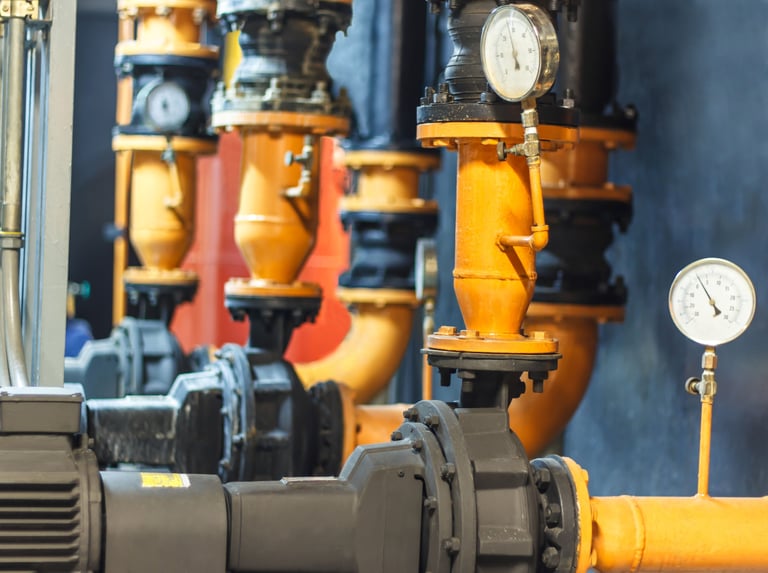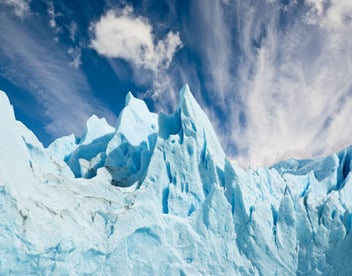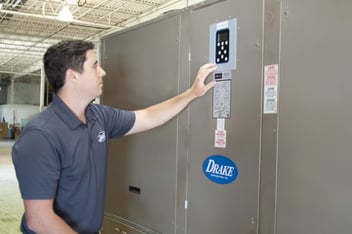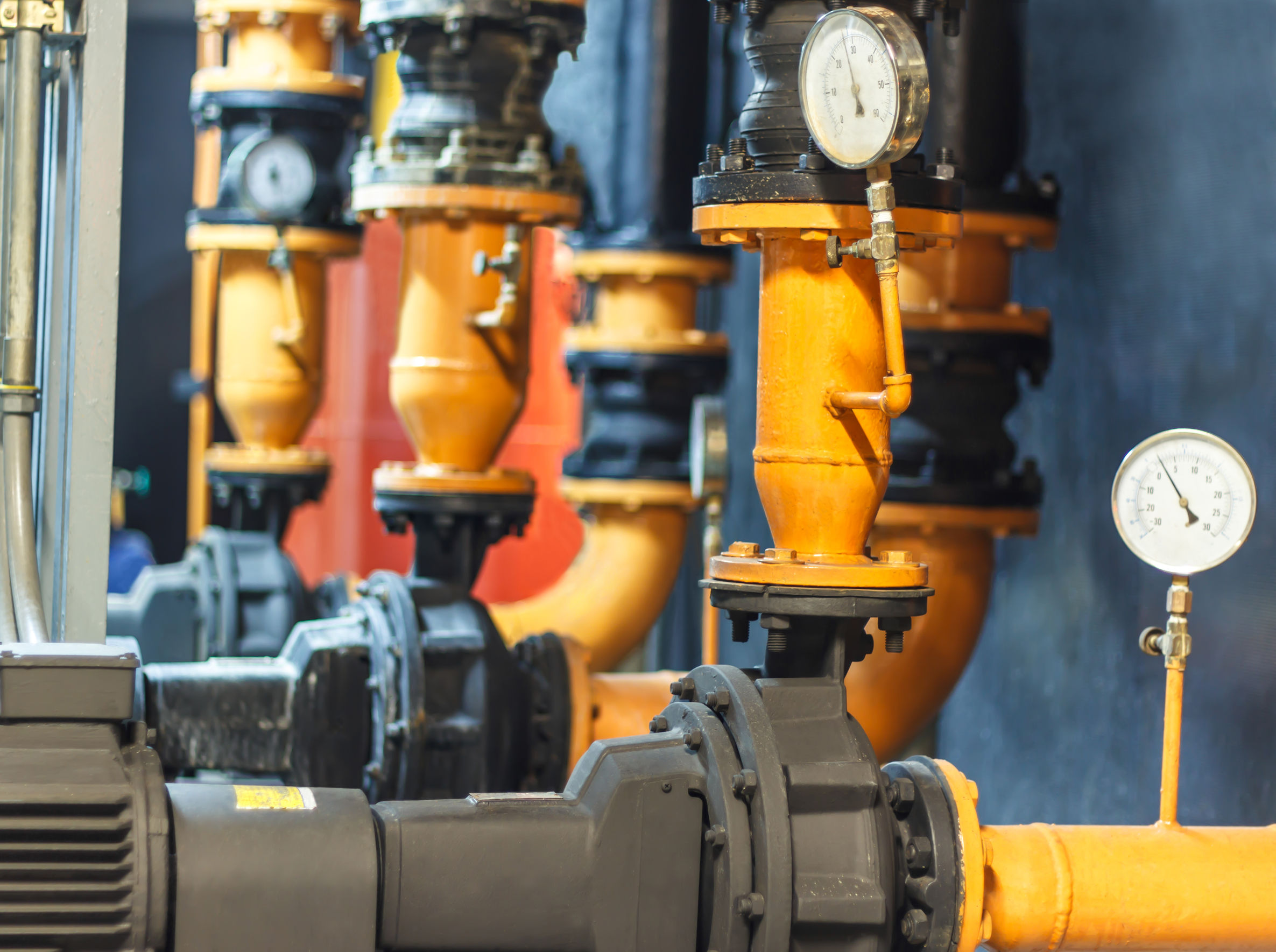We have previously raised the difference between these systems because of the better heat transfer properties of water compared to air-cooled chillers. In this entry, we’ll deepen into some technical aspects around the cost proposal and choice of an air-cooled chiller or a water-cooled chiller.

What is the convection coefficient?
The convection coefficient or also known as film coefficient controls the transfer of heat with a given constant area and a difference in temperature. That is, it quantifies the influence of the properties of the fluid, the surface and the flow when convective heat transfer occurs.In that sense, the main advantage of water is that the convection coefficient (h) is between 10 and 100 times better in water than in air.
Design and Human Resources in Choosing Chiller
Another aspect to consider regarding the architectural design, location of the system and its interaction with human activities should be highlighted. Water-cooled refrigeration equipment makes less noise and gives more cooling per square meter. Air-cooled chillers, on the other hand, have lower cooling per square meter comparatively and are noisier air-conditioning machines. Noisy machines are especially troublesome for the occupants of the areas and the nearest offices or plants, so this aspect becomes very important when making a decision.
What should be taken into account in a refrigeration project?
During the project, stakeholders need to evaluate water-cooled chillers and air-cooled chillers taking into account several factors. Refrigeration engineers have to consider the environmental conditions (wet bulb, dry bulb), number of hours of operation, partial load pattern, maintenance costs, etc.
In conclusion, the important specifications to consider when looking to design these systems include:
- The total cost of the life cycle
- The power source
- The classification of the chiller
- The cooling capacity of the chiller
- The capacity of the evaporator
- The evaporator material
- The type of evaporator
- The material of the condenser
- The noise level
- Internal piping materials
- The number of compressors
- The type of compressor
- The number of refrigerator circuits
- The refrigerant requirements
- The fluid discharge temperature and COP (the ratio between the cooling capacity in RT and the energy consumed by the complete cooler in KW). For medium or large coolers, this should range from 3.5 to 7.0, with higher values, which means higher efficiency. The efficiency of the chiller is often specified in kilowatts per ton of refrigeration (kW / RT).
For this reason there is no single answer when asked: Are water-cooled chillers better than air-cooled chillers? The fact is that "everything depends". Water-cooled chillers will normally condense at a lower mean pressure than air-cooled chillers. This is because normally the water temperature is lower than the air temperature. If your capacitor is operating at a lower pressure this is reflected directly and translates into lower operating costs or KW / TR (Kilo Watt per tonne of cooling).
In addition to this, it’s necessary to consider that the Chiller coexists with other equipment and facilities intended to refrigerate production systems, so that the entire system and not just the equipment characteristics should be considered.
Related
Discover more related articles

Air-cooled chiller and water-cooled chiller: What are the differences
Choosing and installing a refrigeration equipment can be a headache if you don’t have enough information about its features and applications. Having...
Read more »

